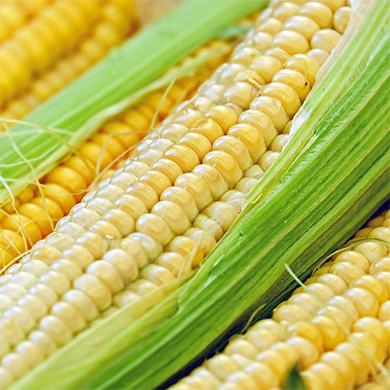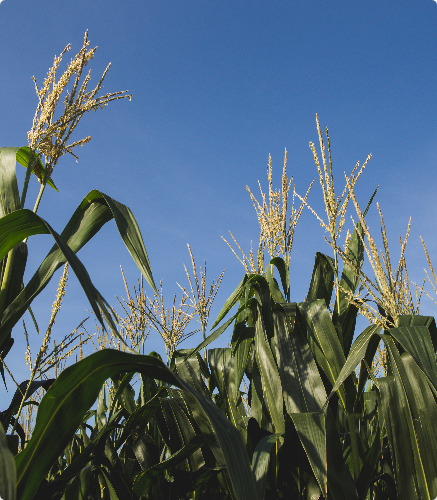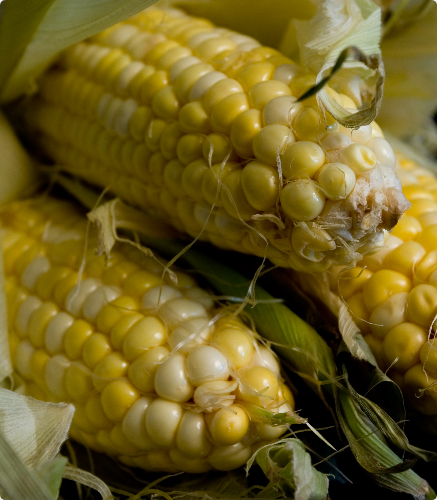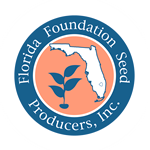In 1956, Emil Wolf - a sweet corn breeder at the University of Florida - initiated a breeding program with Shrunken-2 (sh2), a gene that produces a dried, mature seed with a highly wrinkled phenotype due to the high sugar content of the kernel, when compared to sugar enhancer (se) or sugary-1 (su1) genes. This high-sugar sweet corn suffered from poor germination until 1975 when Wolf released inbreds Florida 32 and Florida 56. When crossed, they produced a hybrid that was named Florida Staysweet, also known as Summer Sweet 7800. This hybrid caused the Florida fresh-market industry to convert from su/se to sh2 varieties because the higher sugar levels at harvest made the end product taste sweeter, which consumers prefer.
After Wolf’s retirement, plant breeder Brian Scully incorporated diverse germplasm from numerous sources to improve disease resistance and plant type. Scully released two hybrids (Snow Storm and Florida XP-7), two inbreds (UFISH 8008 and UFISH 8029), Zap Chico ‘sh2’ and ‘2451F’ that had improved resistance to an earfeeding insect, and su1, bt1, and sh2 forms of the NE-EDR population that had improved foliar disease resistance.





